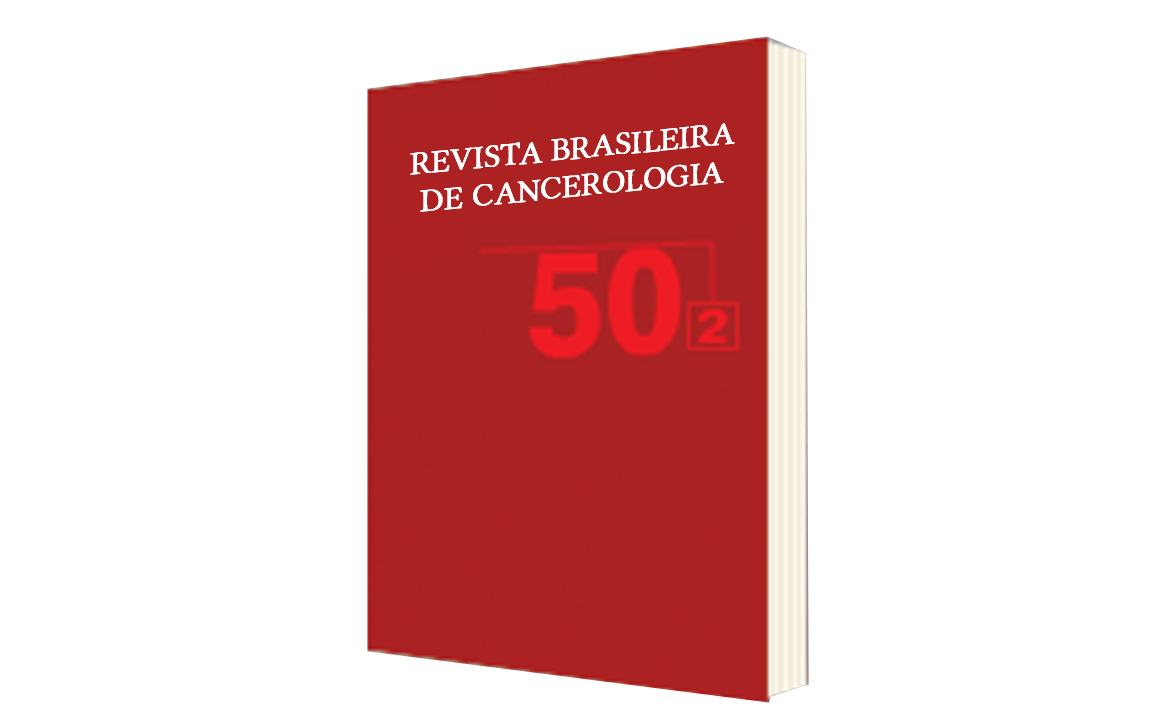Alterations of total non stimulated salivary flow in patients with squamous cell carcinoma of the mouth and oropharynx submitted to hyperfractionated radiation therapy
DOI:
https://doi.org/10.32635/2176-9745.RBC.2004v50n2.2043Keywords:
Oropharyngeal Neoplasms, Mouth Neoplasms, Hyperfractionated Radiotherapy, Salivary Glands, XerostomiaAbstract
Prevention and early diagnosis are actually the most effective measures that we dispose to improve the prognostic of the malignant tumors. The mouth and oropharynx tumors are treated with success, when early diagnosed. The radiotherapy is almost always one of the selected treatments for these tumors. When cancer is diagnosed in advanced stages, many a time the treatment needs to be carried out swiftly to be efficient, and consequently the radiotherapists use the hyperfractionated therapy, with the patient receiving two lower doses of radiation in two sessions daily, amounting to a higher daily dosage, of about 160cGy/2x/day. When the major salivary glands are present in the radiated field, the xerostomia appears by the second week of treatment (1500 to 2000 cGy), changing the patient's health, and causing difficulties for him to eat, speak and sleep. The objective of this study was to evaluate the quantitative alterations of the total non stimulated salivate flow of patients who underwent hyperfractionated therapy for the treatment of squamous cell carcinoma of mouth and oropharynx. Samples of twelve male patients' saliva from Erasto Gaertner Hospital in Curitiba, Paraná, Brazil, were examined. Two samples of saliva were collected from each patient, the first one before the beginning of the radiotherapy, and the second at the end of the treatment. As a result, we obtained salivary loss in 91.7% of the patients, with a percentage of total salivary flow loss of 62.9%, registered in the second collection. We concluded that the hyperfractionated therapy causes a marked xerostomia when the major salivary glands are in the radiated field.









